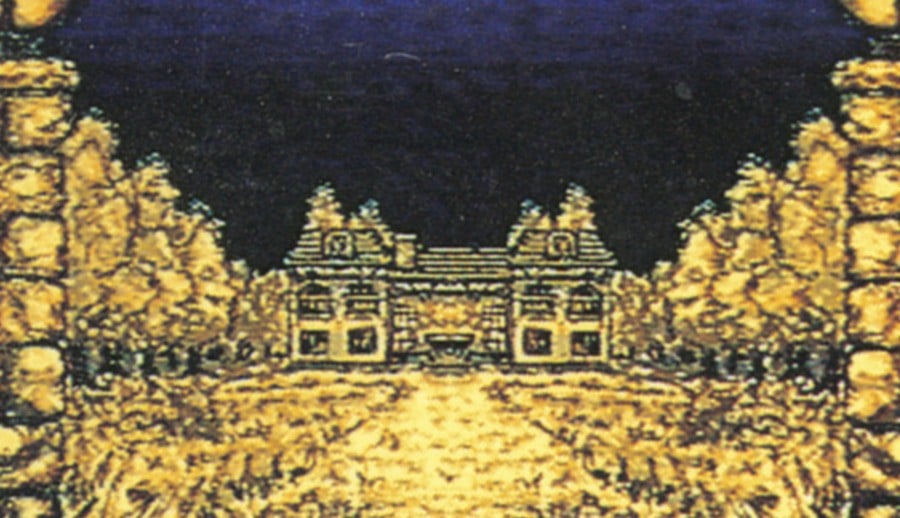
Otogirisou, Chunsoft's Super Famicom 'sound novel', has been translated into English.
Chunsoft was established in 1984 but wouldn't release a video game until 1992 when Otogirisou was published. Its founder, Koichi Nakamura, had previously worked with Enix on the Dragon Quest series.
Released on March 7th, 1992, Otogirisou is described as "an interactive horror story in which players advance by simply reading the text and then influencing how the story will proceed by choosing from a list of options that are presented to them at key points."
The plot begins with a car accident, which places the two main characters next to a spooky, seemingly empty mansion. There are multiple routes to take, and completing the game several times allows the player to see all of the available endings.
Speaking to Time Extension contributor and video game historian John Szczepaniak for his Untold History of Japanese Game Developers series, programmer Manabu Yamana said:
Chunsoft had been making Dragon Quest games for a long time, but we weren't publishing anything ourselves. We felt that it was high time that we released a title ourselves. So the CEO [Kouichi] Nakamura, and myself, and the lead artist, we all set about deciding what to make. Our first idea was to make a new type of game that had elements of Dragon Quest, Sim City, and Populous, but that didn't work at all. Then somebody brought up the idea that it would be interesting to read a novel that also had audio. And the idea of a "Sound Novel" stuck.
The game sold around 300,000 copies in Japan and sold another 100,000 when it was reissued for the PS1.
The game was later adapted into a movie called St. John's Wort in 2001, and Spike Chunsoft released a proper sequel called Kirigiri Sou in 2016. This game has links with the company's Danganronpa series.
The game now has a complete English translation – which includes the box and manual – which can be downloaded here.
"The patch you'll find here will give players a chance to experience this twisted tale in American English," says RetroTranslator, the person behind this amazing effort. "But despite being written in American English, the metric system is still used in the script, as that is most appropriate in a Japanese setting. But without really breaking character, the narrator in the patched version may sometimes mention the American equivalents in addition to the metric measurements. In this way, these small details in the text can be understood by all players, regardless of where they're from! In addition to the patch, you can find the packaging and manual fully translated here. A special game like this deserves the extra effort. Please check out the comments from the game's author in the manual, too. They're quite interesting."
You can view footage of the untranslated Japanese version below.





